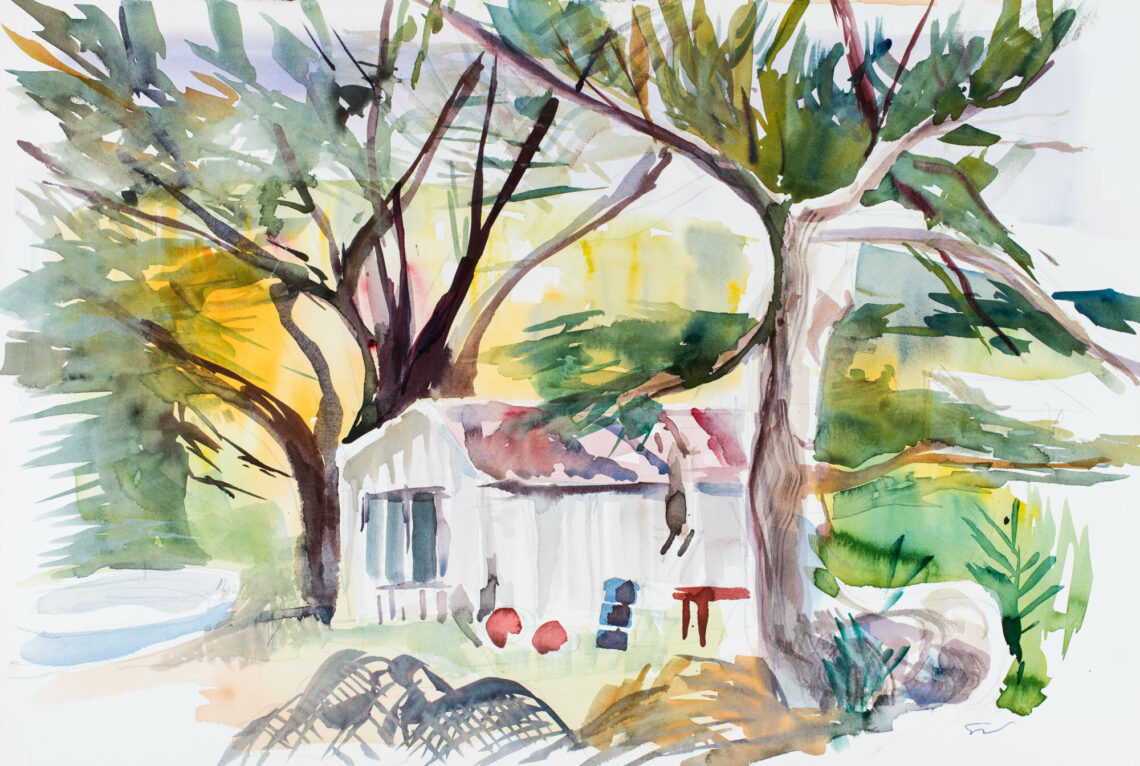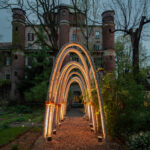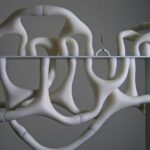This annotated bibliography explores three texts that attempt to challenge the western dualism that separates nature and culture and highlights the importance of restoring our broken bond with the natural world. Each article highlights distinct approaches for designers and/or society to address and mend this fractured relationship.
This chapter highlights the urgent need for humanity to reconnect with nature and builds on the ecological worldview that humans and the natural world are not separate. The author exposes the profound consequences of our heavy reliance on technology and relentless pursuit of control over natural resources. In order for us to re-establish our relationship with nature, he suggests we move beyond simply an intellectual acknowledgement, and instead change the fundamental way we live alongside nature in our daily lives. The chapter introduces biophilic design as an example of this, which champions the co-evolution of humans and the environment together in harmony, aiming to integrate nature centred design into our built environments. He concludes that by nurturing this relationship carefully, we will be in a stronger position to secure a more sustainable and safer future for both humans and the natural environment.
Using a psychology lens, this book emphasises the importance of re-establishing our emotional and spiritual connection to nature for the wellbeing of both ourselves and the environment. The author touches on various topics, from an exploration into how our broken relationship with nature came about within western contexts, to the benefits of fostering a deeper connection with the natural world, to exploring the distinction between simple ‘exposure’ to nature and ‘connection’ to it, with the latter holding the greater influence. He emphasises that we must think of nature more than solely its physical experience, instead see it as encompassing our worldviews and attitudes. The author dispels the myths around the ambiguities of the term “connection” and whether this connection to nature is real or not, and how it may be improved. He also discusses the harsh reality of our current environmental situation and how our continued indifference towards nature has led to further detachment from the natural world.
This chapter emphasizes the crucial relationship between nature and human existence, highlighting the role of architecture in making this connection more transparent and meaningful. The author makes a clear distinction between “green” design and the art of designing with nature ecologically. It offers details that outline how designers need to bring sustainability and ecological design back into harmony with the natural world. The author suggests that it is not enough to merely attempt to slow down the deterioration of our environment, instead we need to address the disconnect between designers and dwellers. The author advocates for ecological design that mimics and replicates the processes found in the natural world, working with the landscape to create regenerative systems that integrate natural light, water and clean air. The chapter stresses the importance of humanity connecting spirituality to nature and therefore making nature more visible in our urban contexts. He offers a solution for the future where we design with nature, not against it.








Yulia Kovanova
13 November 2023 — 20:00
A strong topic and well-considered sources. Thank you for your exciting posts, Katy; keep up the great work!